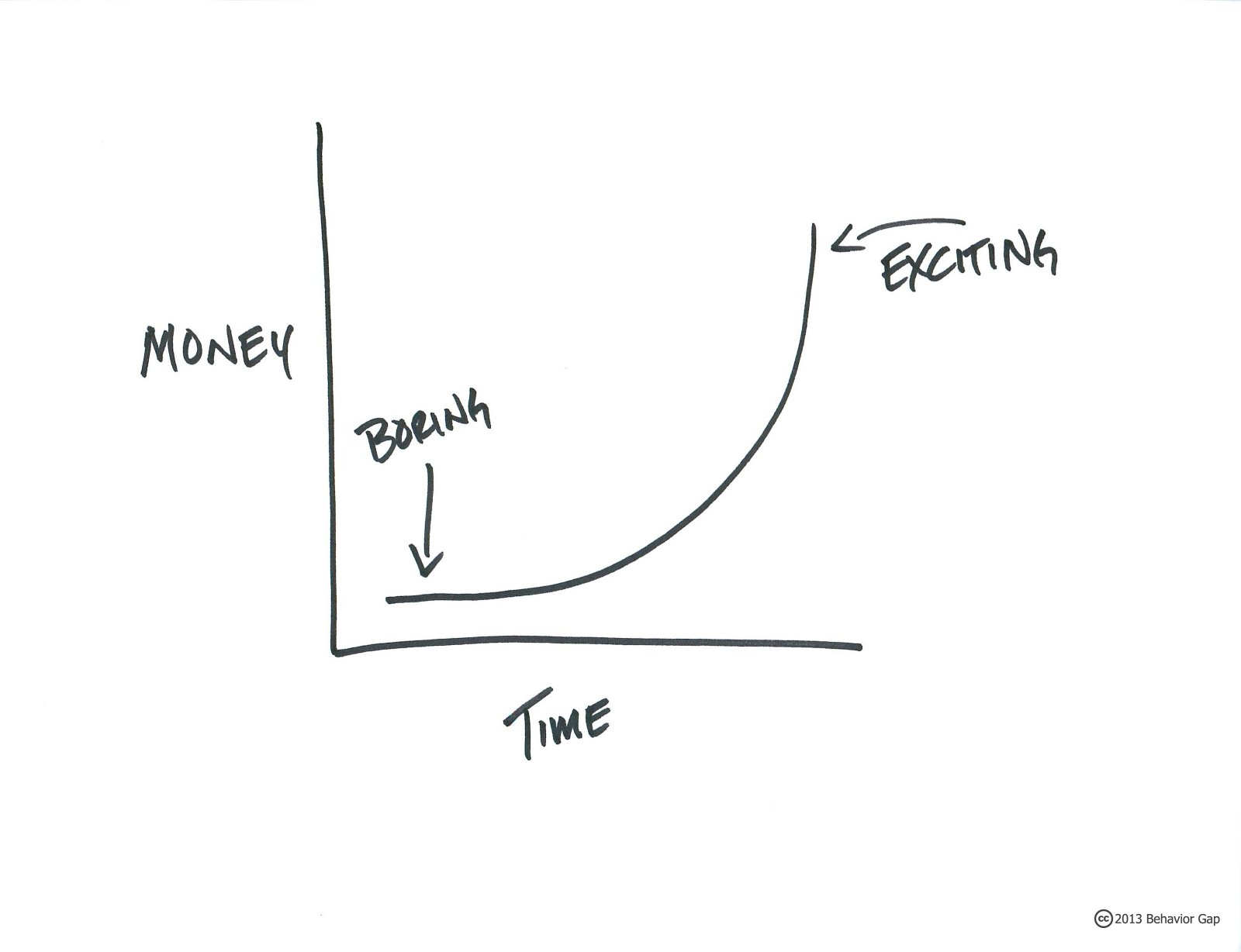Resource guarding is a behavior seen in countless furry companions, a seemingly innate instinct that can leave even the most dedicated dog owners perplexed. We’ve all witnessed it; that unwavering focus, the rigid stance, and the ominous snarl when an item of value is at stake. But what if we could unlock a positive, compassionate approach to tackle resource guarding? In this article, we will explore the world of dog training with positive reinforcement, a philosophy that not only strengthens the bond between owners and their beloved pups but also transforms resource guarding into an opportunity for growth and understanding. So, grab your treats and embark on a journey to teach your four-legged friend a new language of cooperation and trust.
Table of Contents
- Understanding Resource Guarding Behavior in Dogs
- Positive Reinforcement: A Gentle Approach to Addressing Resource Guarding
- How to Identify Triggers and Signs of Resource Guarding in Your Dog
- Implementing Effective Techniques for Training Dogs with Resource Guarding Behavior
- Creating a Safe Environment and Building Trust through Positive Reinforcement Training
- Q&A
- Key Takeaways

Understanding Resource Guarding Behavior in Dogs
Resource guarding behavior in dogs refers to the instinctive protectiveness displayed towards certain objects, spaces, or even individuals. It is crucial for dog owners to understand this behavior to effectively address and manage it. Here are some key points to help you gain a better understanding:
- Recognizing the signs: Resource guarding behavior can manifest in various ways, including growling, snarling, snapping, or even biting when the dog feels threatened or attempts to protect their valued possessions. It’s essential to observe your dog’s body language and become familiar with their unique cues.
- Triggers and valuable resources: Dogs may guard items such as food, bones, toys, beds, or even specific territories. Identifying these triggers is vital to prevent potential conflicts and ensure a safe environment for both your dog and those around them.
- Positive reinforcement and desensitization: To modify resource guarding behavior, reward-based training methods can be highly effective. Gradual exposure to triggers in controlled environments, paired with positive reinforcement, helps the dog associate the presence of others with positive outcomes, reducing their need to guard.
Understanding resource guarding behavior allows dog owners to respond appropriately, ensuring their furry companions can live harmoniously within their environment. By implementing proper training techniques and seeking professional guidance if necessary, you can help your dog overcome their guarding tendencies and foster a respectful and trusting relationship.
Positive Reinforcement: A Gentle Approach to Addressing Resource Guarding
Positive reinforcement is an effective and gentle approach to tackle resource guarding in our furry friends. By focusing on rewarding desirable behaviors rather than punishing negative ones, we create an environment of trust and cooperation. This approach helps our pets understand that sharing resources is a positive experience, leading to better relationships and a sense of security.
Here are some key tactics to implement positive reinforcement when addressing resource guarding:
1. **Reward-based training**: Use treats or favorite toys to reward your pet when they display appropriate behavior around resources. By associating positive outcomes with sharing, they will learn that giving up an item doesn’t mean losing out, but rather gaining something even better.
2. **Desensitization**: Gradually expose your pet to situations where they may guard resources and reward them for staying calm and non-possessive. Start with low-value items and gradually work up to more valuable ones, ensuring that they feel comfortable at each stage.
3. **Trading games**: Teach your pet that relinquishing an item leads to a better one by engaging in trading games. Start by offering a high-value treat in exchange for an object they’re guarding. This helps shift their focus from possessiveness to the anticipation of a reward.
Remember, positive reinforcement is a patient and empathetic approach that encourages your pet to make the right choices willingly. By consistently rewarding desirable behaviors, you can create a strong foundation of trust and cooperation, making resource guarding a thing of the past.
How to Identify Triggers and Signs of Resource Guarding in Your Dog
Resource guarding, also known as possessive aggression, is a common behavior displayed by dogs when they feel the need to protect their valued possessions, such as food, toys, or even their favorite resting spots. Understanding the triggers and signs of this behavior is crucial in order to create a safe and harmonious environment for both you and your furry friend. Here are some key points to help you identify resource guarding in your dog:
- Aggressive Body Language: Pay close attention to your dog’s posture. Signs of resource guarding may include tense body, raised hackles, stiff tail, and a fixed stare.
- Growling or Snapping: One of the most commonly recognized signs of resource guarding is growling or snapping when someone approaches their prized possessions. This is their way of communicating that they do not want anyone near their belongings.
- Hiding or Running Away: Some dogs may choose to retreat or hide their treasures when they feel threatened. Keep an eye out for unusual behaviors such as hiding or running away with their possessions when approached.
- Protective Posture: Resource guarding dogs may exhibit defensive behaviors like hovering over their objects or placing their body between you and the resource they are guarding. This is their attempt to protect their valued item from potential threats.
It’s important to remember that resource guarding is a natural instinct and can be managed with proper training and techniques. Seek professional guidance from a certified dog behaviorist to help modify your dog’s behavior and establish a trusting relationship built on respect and understanding. By taking the necessary steps to address resource guarding, you can provide a safe and nurturing environment for your furry companion.

Implementing Effective Techniques for Training Dogs with Resource Guarding Behavior
Training dogs with resource guarding behavior requires patience, consistency, and the use of effective techniques. By understanding the root causes of this behavior and implementing appropriate strategies, pet owners can help their furry friends overcome resource guarding tendencies and promote a safe and harmonious environment in their homes.
1. Positive Reinforcement: A key technique in training dogs with resource guarding behavior is positive reinforcement. Reward your dog with treats or praise whenever they display non-threatening behavior around their resources. This encourages them to associate the presence of people near their valuable items with positive experiences.
2. Desensitization: Gradual exposure to triggers can help your dog overcome their resource guarding tendencies. Start by presenting non-valuable items and gradually introduce more valuable ones. Throughout this process, reward their calm and relaxed behavior to reinforce positive associations.
3. Counterconditioning: Counterconditioning involves replacing an undesirable behavior with a more desirable one. For dogs with resource guarding behavior, this can be achieved by teaching them a cue, such as “drop it” or ”leave it,” and effectively rewarding them when they respond appropriately. Consistency is crucial in reinforcing the new behavior and redirecting their focus from guarding to obedience.
Remember, implementing these techniques requires time and consistency. Always prioritize the safety of both your dog and those around them when addressing resource guarding behavior. Seeking guidance from a professional dog trainer or behaviorist can also be beneficial in navigating and effectively managing this challenging behavior.
Creating a Safe Environment and Building Trust through Positive Reinforcement Training
When it comes to training our furry friends, creating a safe environment and building trust are crucial for their growth and development. By implementing positive reinforcement training techniques, we can ensure a harmonious bond with our pets that is built on trust, respect, and mutual understanding.
In order to create a safe environment, it’s important to provide our pets with a dedicated and secure space. This can be done by setting up a designated area with their supplies, such as a cozy bed, food and water bowls, and stimulating toys. By giving them a space they can call their own, they will feel secure, which fosters a sense of safety and trust.
Positive reinforcement is a powerful tool when it comes to training our pets. By rewarding desired behaviors, such as sitting on command or using the litter box, we help them understand what we expect from them. This can be done through verbal praise, treats, or favorite toys. Consistency is key, as it reinforces the positive connection between their actions and the rewards they receive, ultimately building their trust in us and the training process.
- Provide a dedicated and secure space for your pet with their own supplies.
- Use verbal praise, treats, or favorite toys to reward desired behaviors.
- Be consistent in your training to reinforce the positive connection between actions and rewards.
Q&A
What is resource guarding in dogs?
Resource guarding in dogs is a behavior where a dog becomes possessive of certain items, such as food, toys, or even humans. They may display aggressive or defensive behaviors to protect these resources from perceived threats.
Can resource guarding be trained out of dogs?
Yes, resource guarding can be managed and modified through positive reinforcement-based training techniques. By teaching dogs that giving up their resources leads to favorable outcomes, such as receiving treats or praise, their guarding behavior can be reduced or eliminated.
How does positive reinforcement training work for resource guarding?
Positive reinforcement training utilizes rewards, such as treats, toys, or praise, to motivate dogs to exhibit desired behaviors. In the case of resource guarding, this training approach involves teaching dogs that sharing their resources results in pleasant outcomes, encouraging them to let go of their guarding behavior.
Are there any risks involved in using positive reinforcement for resource guarding?
While positive reinforcement is generally considered a safe and effective training method, it is essential to work with a qualified dog trainer or behaviorist when addressing resource guarding. They can design a training plan tailored to your dog’s specific needs and ensure the safety of all parties involved.
What are some common mistakes to avoid when training resource guarding?
One common mistake is punishing dogs for resource guarding, as this can escalate the behavior or create fear and aggression. Another mistake is rushing the process, as proper desensitization and counterconditioning take time. Patience and consistency are key in successfully modifying resource guarding behavior.
Can resource guarding be completely eliminated from a dog’s behavior?
While it is possible to significantly reduce resource guarding behavior through positive reinforcement training, complete elimination may not always be attainable. Some dogs may have a genetic predisposition or past experiences that make them more prone to this behavior. However, with proper training and management, their guarding tendencies can be effectively controlled.
What other training techniques can be used alongside positive reinforcement for resource guarding?
Apart from positive reinforcement, techniques such as desensitization, counterconditioning, and gradual resource exchanges can be employed to address resource guarding. These methods involve slowly acclimating the dog to situations where their resources are at risk, and teaching them that giving up those resources leads to positive outcomes.
Is it necessary to use punishment-based methods for resource guarding?
No, punishment-based methods are not necessary for addressing resource guarding and can have negative consequences. Punishment can create fear, stress, and aggression in dogs, making the problem worse. Positive reinforcement-based techniques offer a more humane and effective approach to modifying resource guarding behavior.
Key Takeaways
As we wrap up our exploration into the realm of resource guarding, we hope this article has shed light on a vital aspect of dog training: positive reinforcement. It has become abundantly clear that understanding the underlying motives behind resource guarding behaviors can pave the way to creating a harmonious bond between human and canine.
While many have viewed resource guarding as an inherent flaw or an insurmountable obstacle, we have delved into the depths of its complexities and shown that a compassionate and positive approach can transform even the most guarded pup into a shining example of trust and cooperation.
No longer seen as a mere nuisance, resource guarding emerges as an opportunity for growth, both for the dog and its owner. By embracing the principles of positive reinforcement, we can peel back the layers of fear or insecurity that fuel this behavior, replacing them with a foundation of trust, respect, and understanding.
As you embark on this journey of dog training, armed with the power of positivity, remember that it requires patience, consistency, and an open heart. Each small success along the way should be celebrated as a triumph over adversity, for in each passing moment, we inch closer to the canine paradise of unconditional trust and unwavering friendship.
So, let us bid adieu for now, but with a promise that our paths shall intertwine again in the pursuit of canine enlightenment. May our four-legged companions guide our steps, and may positive reinforcement be the beacon that illuminates our way. Together, we can transform resource guarding into an opportunity for growth, forging unbreakable bonds that stand the test of time.
Until we reunite, let us continue on this remarkable journey, treating every challenge as an invitation to learn, to evolve, and to become the humans our furry friends deserve. Until then, remember to nurture with kindness, reward with joy, and bask in the essential beauty of our unconditional canine connection.
As an affiliate, my content may feature links to products I personally use and recommend. By taking action, like subscribing or making a purchase, you’ll be supporting my work and fueling my taco cravings at the same time. Win-win, right?
Want to read more? Check out our Affiliate Disclosure page.